How to Apply Reverse Charge VAT for SaaS Companies
-7xdqdopxl6.webp)
Think managing taxes is complicated? For SaaS companies selling across borders, it’s a whole different kind of headache. Over 80 countries now require VAT on SaaS transactions, which means that even a small software company can find itself wrangling with tax rules in dozens of languages, currencies, and formats. To make things trickier, every region seems to have its own set of thresholds, forms, and compliance traps lurking in the fine print. It’s no wonder VAT compliance is one of the biggest hurdles for global SaaS businesses today.
But there’s a way to make VAT a lot less painful—reverse charge VAT. For SaaS companies selling to B2B clients, especially within the EU and countries with similar tax principles, the reverse charge mechanism shifts VAT responsibility from your business to your customer. That means you may no longer have to register for VAT in every country where you have clients, cutting down hours of paperwork and reducing your exposure to compliance risks.
So, how do you take advantage of reverse charge VAT without missing a step? In this guide, you’ll learn:
What reverse charge VAT means for SaaS businesses like yours
When—and where—it applies to your cross-border B2B transactions
How to invoice correctly and avoid costly mistakes
How to keep your VAT compliance airtight and audit-ready
If you’re ready to spend less energy on red tape and more on building your product, let’s break down reverse charge VAT in plain English.
Step #1: Understand What Reverse Charge VAT Means for SaaS
Reverse charge VAT flips the script on how tax is collected for your B2B SaaS sales across borders. In this system, the responsibility for reporting and paying VAT shifts from you, the seller, to your customer, the buyer. This is especially important for SaaS companies operating inside the EU and in other countries that follow similar rules. The reverse charge mechanism’s main purpose is to make cross-border tax compliance less of a burden, so you can focus on your product, not endless registration forms. For SaaS providers, this often means you don’t need to register for VAT in every country where you land clients - a huge win for scaling internationally.
As a pro tip, remember:
“The reverse charge helps SaaS companies avoid registering for VAT in every country where they have B2B clients” - saving you time, money, and headaches down the road.
If you're curious about broader SaaS tax responsibilities and strategic considerations, see the article on Navigating SaaS Taxation: Key Facts for Businesses].
Step #2: Identify When to Use Reverse Charge VAT
You don’t want to apply the reverse charge at the wrong time, so get clear on the requirements. Reverse charge VAT is designed for B2B transactions - in other words, when you’re selling your SaaS product to another business, not an end consumer. In the EU, it’s mandatory for SaaS sold to VAT-registered businesses in another EU state. This rule also extends to many other countries, since over 80 nations now apply VAT to digital services and SaaS sales.
Always double-check your client’s VAT-registration status before applying reverse charge VAT:
Ask for their VAT ID and verify it using the official online VAT validation tools.
Only use the reverse charge if your customer is outside your country and is VAT registered.
Key takeaway: If you incorrectly apply the reverse charge, you could be on the hook for back taxes or penalties.
Step #3: Invoice Correctly Using the Reverse Charge Mechanism
The right invoice makes or breaks your VAT compliance. For eligible B2B SaaS sales, don’t add VAT to the invoice total. Instead, the invoice should clearly state that the reverse charge applies. For example, add:
“Reverse charge: customer to account for VAT per Article 194, EU VAT Directive.”
You must also list both your VAT ID and your buyer’s VAT ID on the document.
Record the transaction for your records, but don’t pay out VAT to your local tax authority for these sales; your customer takes care of that step. Failing to show the reverse charge note on your invoice is a common mistake - and it can lead to fines or extra compliance hassle.
Here’s a checklist for your SaaS invoices:
No VAT added to the sale price.
State the reverse charge clause.
Both parties’ VAT IDs are listed.
Keep a clean record for every cross-border B2B sale.
Step #4: Help Your B2B Clients Fulfill Their VAT Obligations
Your client becomes responsible for reporting and paying VAT, so make it simple for them. Always clarify on your invoice and communications that the buyer has to account for VAT on their local tax return. Most VAT-registered businesses can deduct this amount as input VAT, so in practice, there’s usually no actual money paid - just paperwork.
Here’s why this matters:
“The buyer declares both input and output VAT on their return, effectively canceling each other out financially” .
Remind buyers to file your invoice as proof.
Be ready to explain how the reverse charge mechanism works, in plain English, if they have questions.
This builds trust and speeds up payments—nobody likes surprise tax forms.
Step #5: Maintain Robust VAT Documentation and Compliance
Solid documentation is your best defense in case of an audit. Keep detailed records of every transaction where reverse charge VAT is applied. This includes:
* Copies of each invoice with correct wording.
* Proof that the client’s VAT ID was valid at the time of sale.
* Notes on how and when you verified buyer information.
Regularly review your client list to ensure all are correctly VAT registered and eligible for reverse charge. If you sell at scale or in multiple jurisdictions, consider using a VAT automation tool to keep your records organized and up-to-date.
Pro tip: Modern VAT automation solutions can save hours by streamlining compliance workflows, reducing human error, and keeping you audit-ready for every market you enter.
By staying organized and proactive with your VAT compliance, your SaaS company can focus on growth, not red tape - and avoid costly surprises from tax authorities down the line.
Best Practices for Applying Reverse Charge VAT in SaaS
Getting reverse charge VAT right isn’t just about avoiding fines—it’s about making global SaaS scaling less stressful. If you’re in the business of selling software abroad, following these best practices can shape up your compliance game while keeping processes clear for everyone involved.
1. Always Confirm the Customer’s VAT Registration Status
The reverse charge VAT mechanism only works in B2B transactions where the recipient is VAT registered. Make it routine to:
Collect each customer’s VAT ID before you finalize a cross-border sale.
Use official online tools, like the EU’s VIES, to validate that number before issuing an invoice. Doing this saves your business from mistakes that might leave you liable for unpaid VAT or even unintentional tax evasion. If there’s ever uncertainty, pause the sale until you’re sure the VAT ID checks out.
2. Clearly State the Reverse Charge VAT Clause on All Invoices
Don’t overlook your SaaS invoice wording - this is one area where tax authorities are strict. For all eligible sales, include standard reverse charge language such as:
“Reverse charge: customer to account for VAT per Article 194, EU VAT Directive.”
This sentence tells both the client and the auditor exactly who has tax responsibility. List both your company’s and your client’s VAT numbers. Skipping or misphrasing this step is a frequent source of disputes and compliance headaches.
3. Never Add VAT to the Invoice Total in Eligible B2B Transactions
When selling SaaS under the reverse charge mechanism, do not add local VAT to the invoice sum for your B2B customers. Instead, record the sale and specify the reverse charge, then invoice only the net amount. Adding VAT in error creates a reporting mess on both sides and could confuse your clients’ accounting teams.
4. Make Sure Your Records Prove Eligibility
Tax agencies expect robust proof that every reverse charge VAT transaction was handled correctly. For every qualifying sale, keep:
The validated VAT ID proof and date of verification
Copies of invoices with the reverse charge clause
Documentation showing the customer’s country and business status
Periodic reviews of these documents can save hours during tax inspections and make audits less stressful.
5. Educate Your Clients on Their VAT Obligations
Many buyers, especially new SaaS clients, may be unfamiliar with reverse charge VAT. Take an extra minute to explain their responsibility to declare and pay VAT on your invoice. A brief note in your onboarding emails, help docs, or FAQ keeps payment and relationships running smoothly.
6. Regularly Review Jurisdictional VAT Rules
Reverse charge VAT rules and thresholds can change - what applies today may not next year. Schedule a semi-annual review of relevant VAT laws in your markets. If you’re selling worldwide, consider automation solutions or consult a specialist familiar with SaaS and cross-border compliance. Up-to-date knowledge stops you from relying on old processes that could lead to penalties.
7. Automate Your Reverse Charge Compliance Where Possible
Manual tracking of every reverse charge VAT transaction can quickly eat up resources and increase the risk of errors. Adopt a VAT compliance tool or SaaS-oriented bookkeeping service with support for automatic validation, recordkeeping, and correct invoice templating. Automation not only streamlines the process but also reduces human error, which tax authorities see as zero excuse for mistakes.
8. Stay Proactive with Communication
Whenever you onboard a new client, set expectations about how reverse charge VAT will appear on invoices and what steps they’ll need to take. By being upfront, you reduce confusion, limit disputes, and establish a smoother ongoing relationship - especially important as your SaaS scales internationally.
Conclusion
Reverse charge VAT can take a lot of the hassle out of cross-border SaaS sales - if you apply it correctly. The key is to always verify your customer’s VAT status, invoice with the right wording, and keep thorough records.
By putting these steps into practice, you cut down on compliance stress and keep your SaaS business ready for international growth - no matter where your customers are. The right approach lets you focus less on paperwork and more on building your product.

Featured Insights
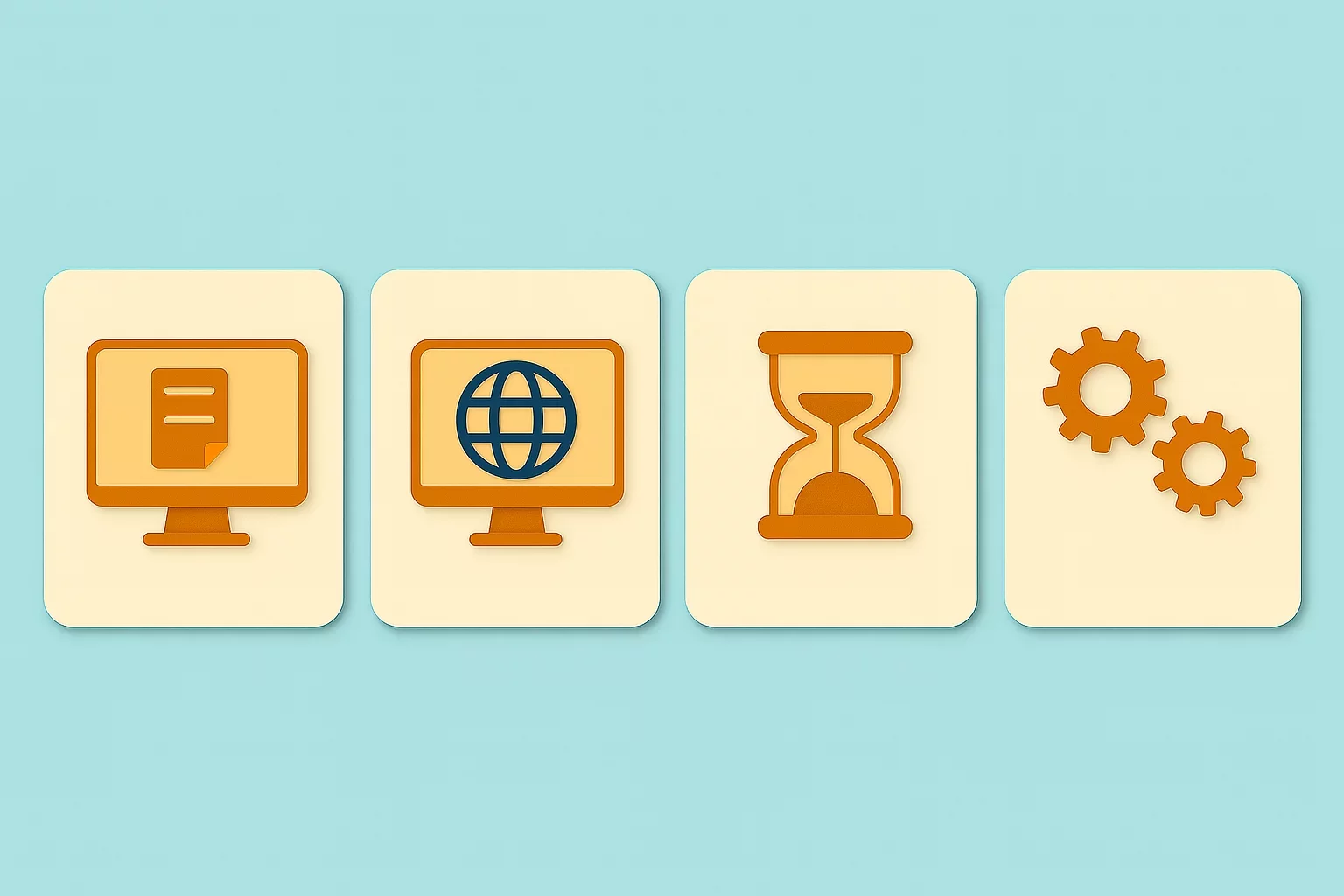
Angola’s E-Invoicing Mandate: Phased Implementation Continues Into 2026
🕝 December 10, 2025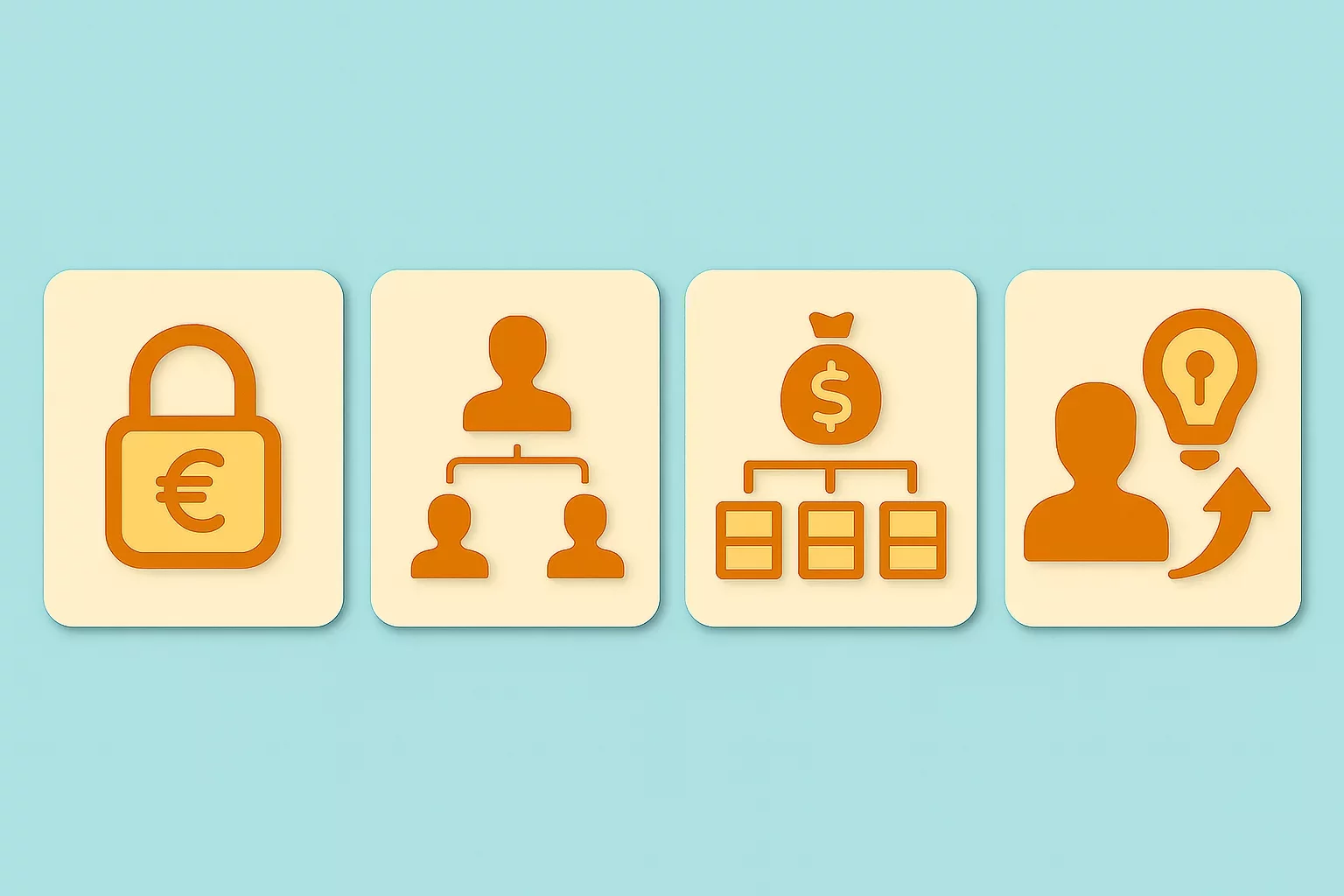
VAT Deduction and Business Succession: When Do Advisory Costs Serve the Company’s Interest?
🕝 December 8, 2025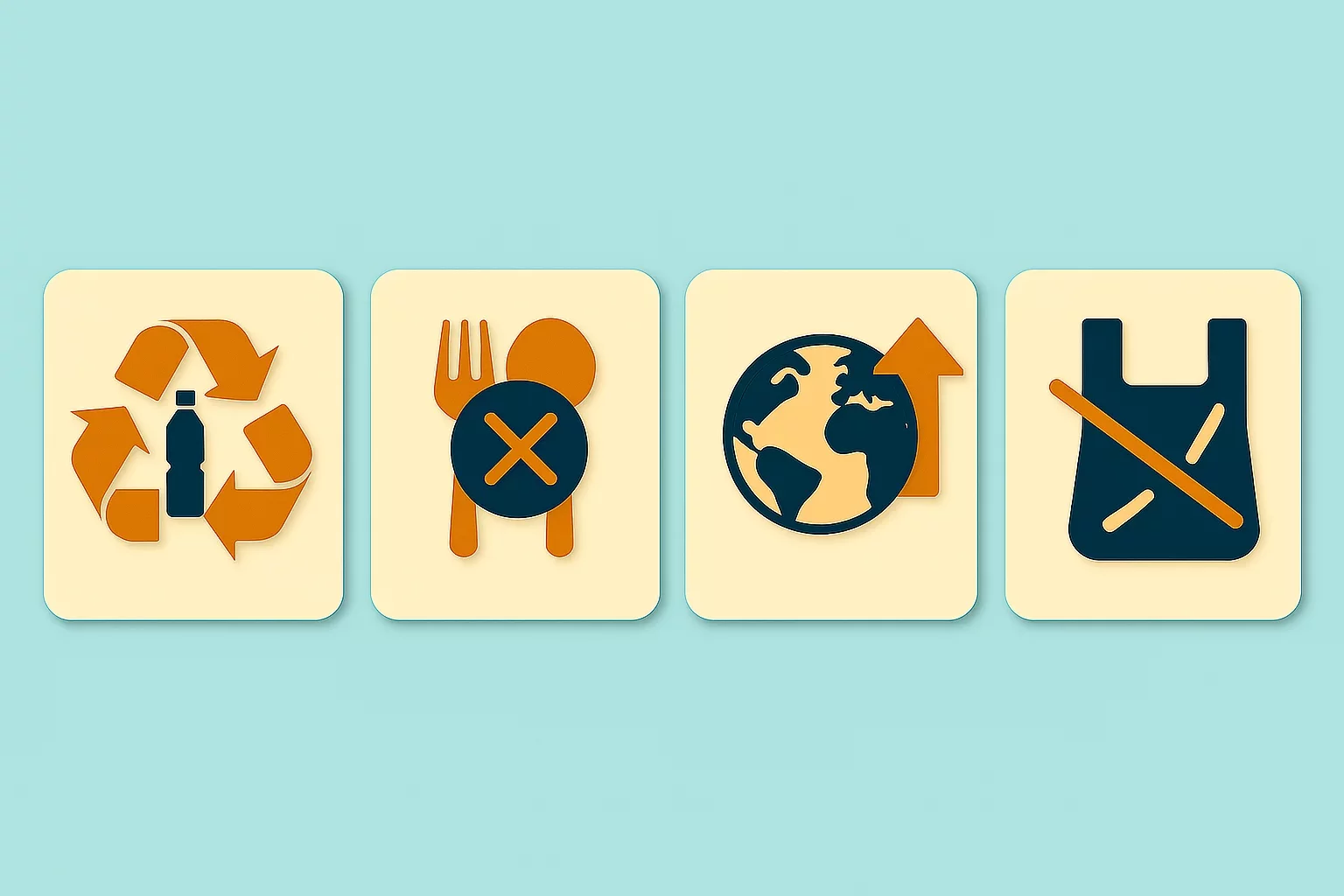
Europe’s Plastic Fiscal Shift: Why Italy’s Plastic Tax Now Starts in 2027
🕝 December 3, 2025
The Decline of Low-Value Import Exemptions: Closing Gaps in Cross-Border E-Commerce
🕝 November 20, 2025More News from World
Get real-time updates and developments from around the world, keeping you informed and prepared.
-e9lcpxl5nq.webp)



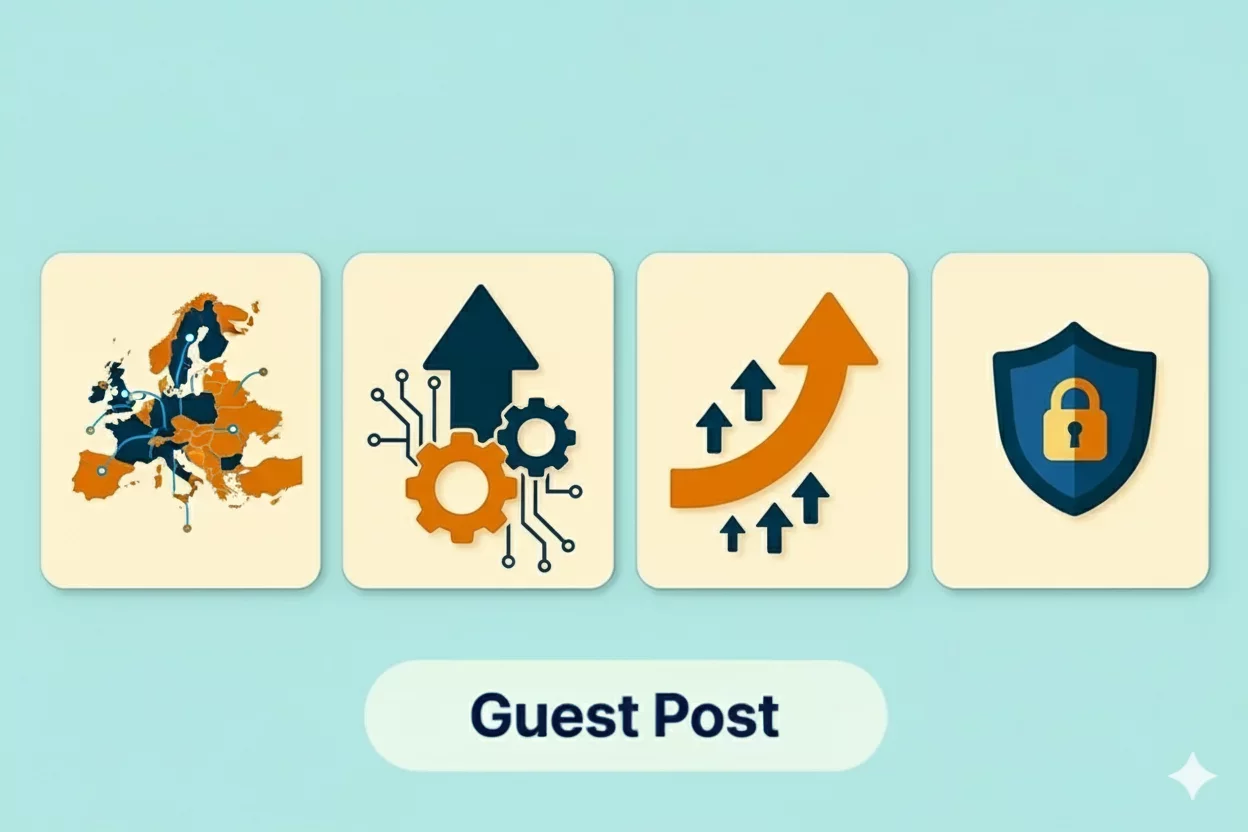
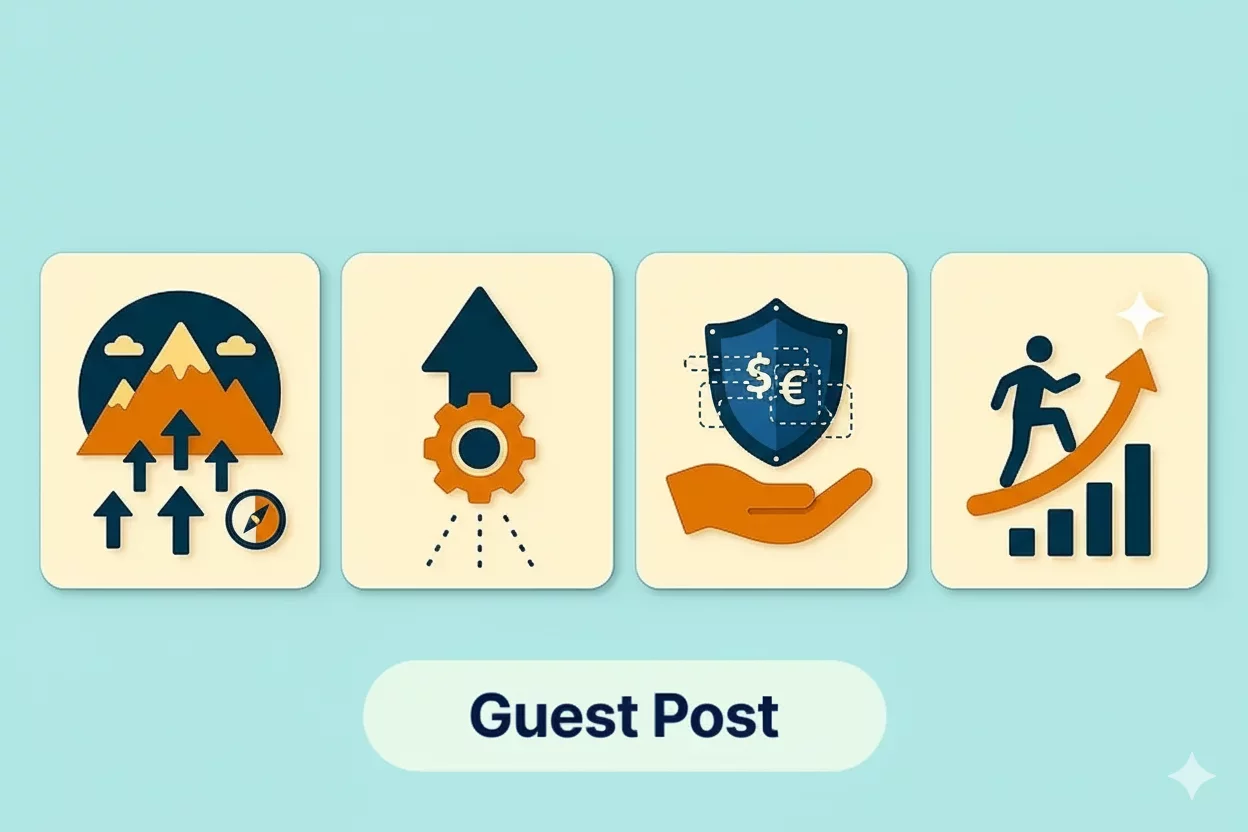
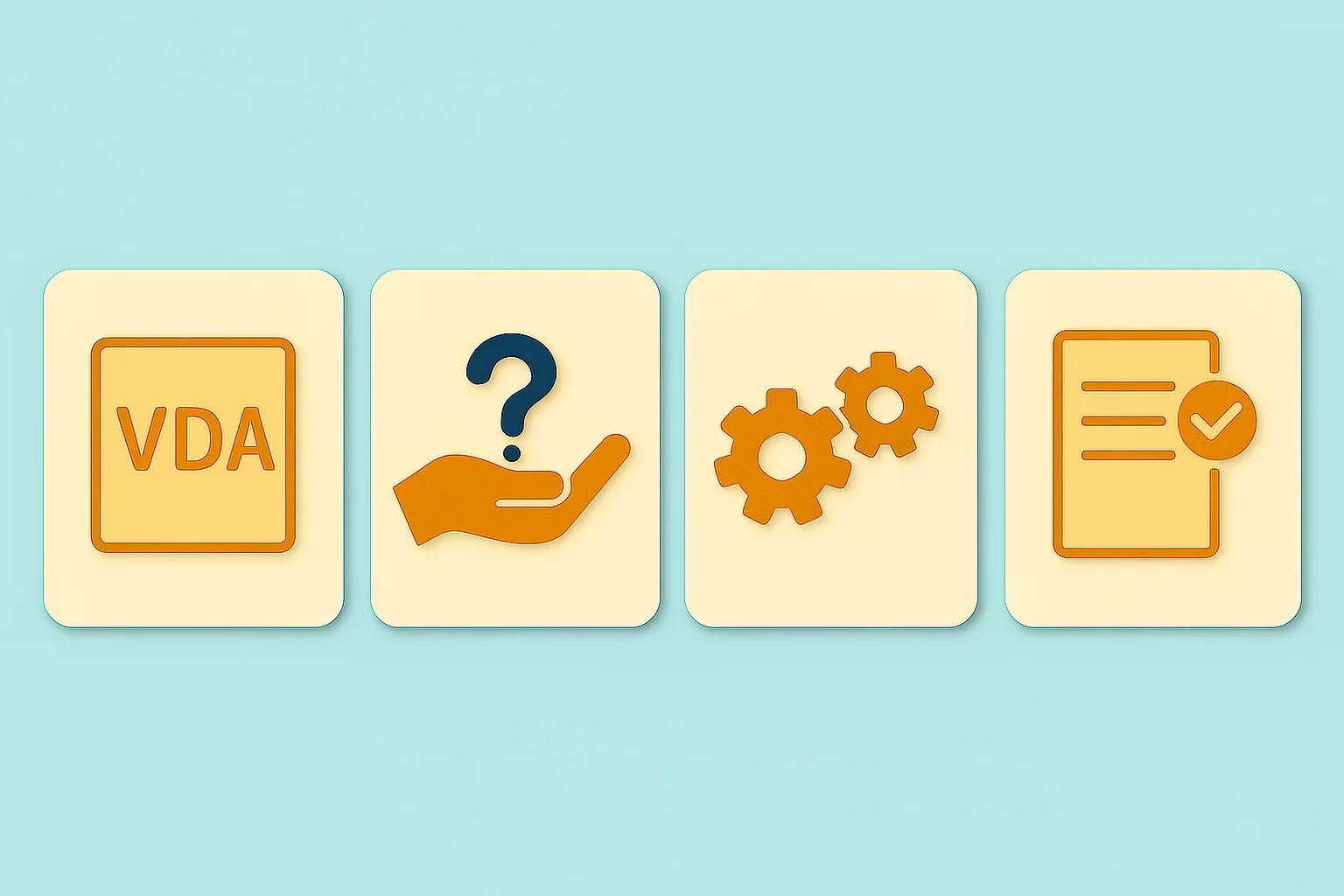
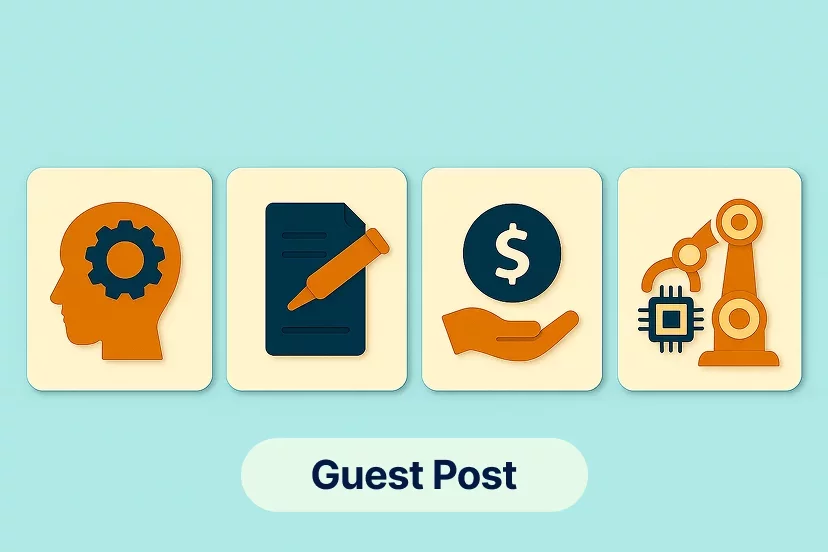

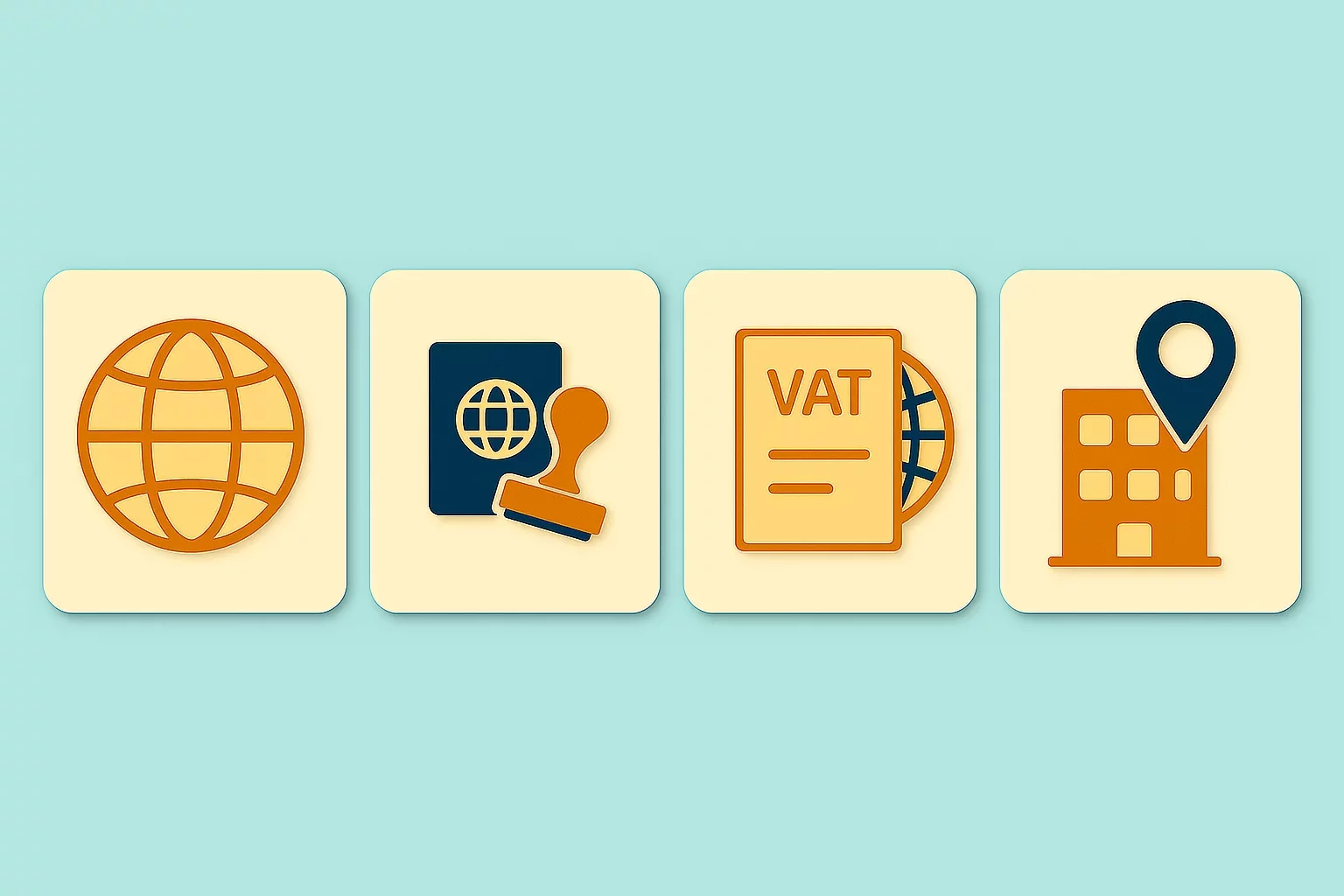
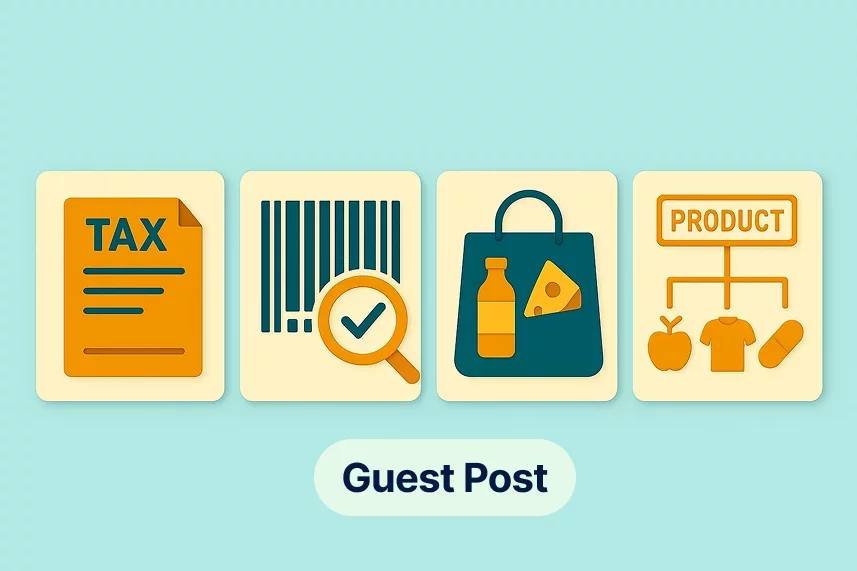















-a9bz8kz2cs.webp)































